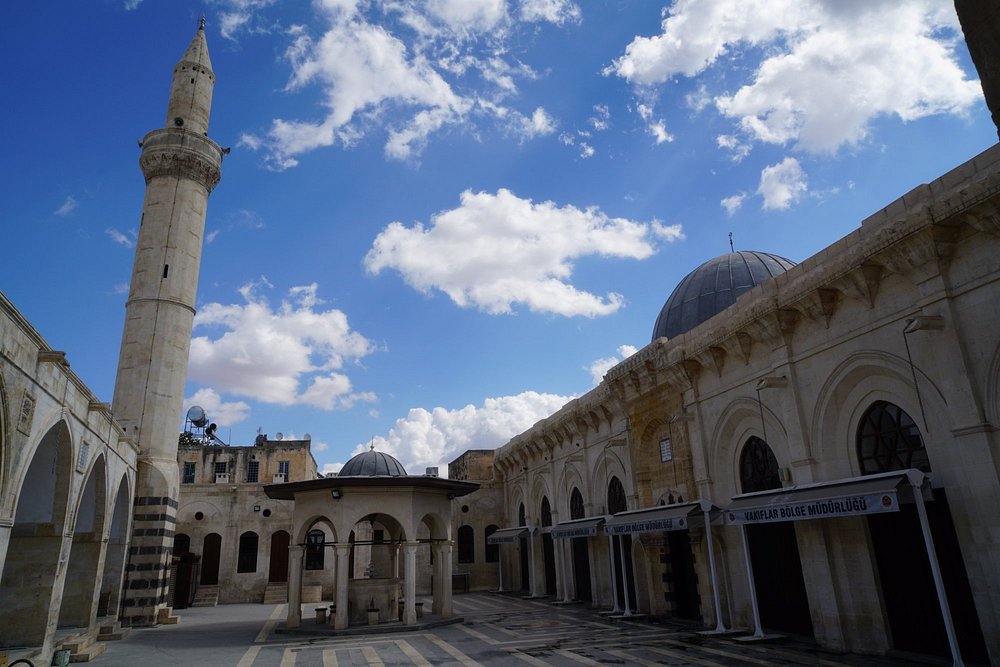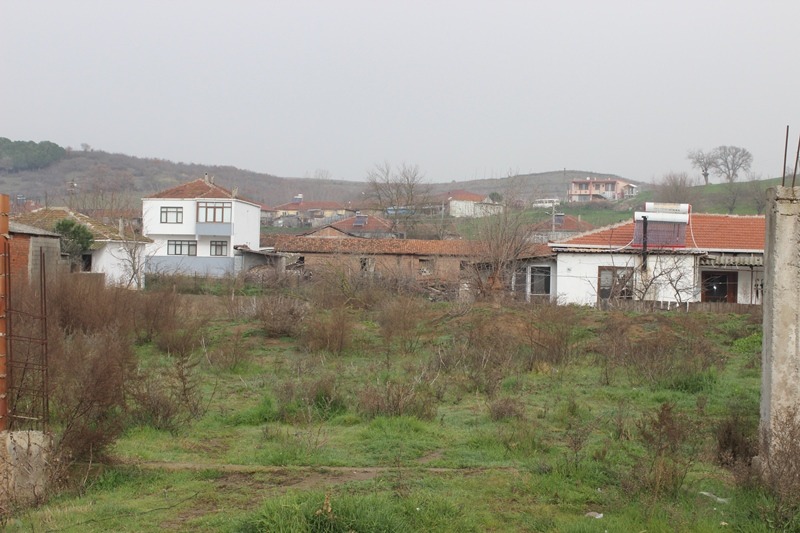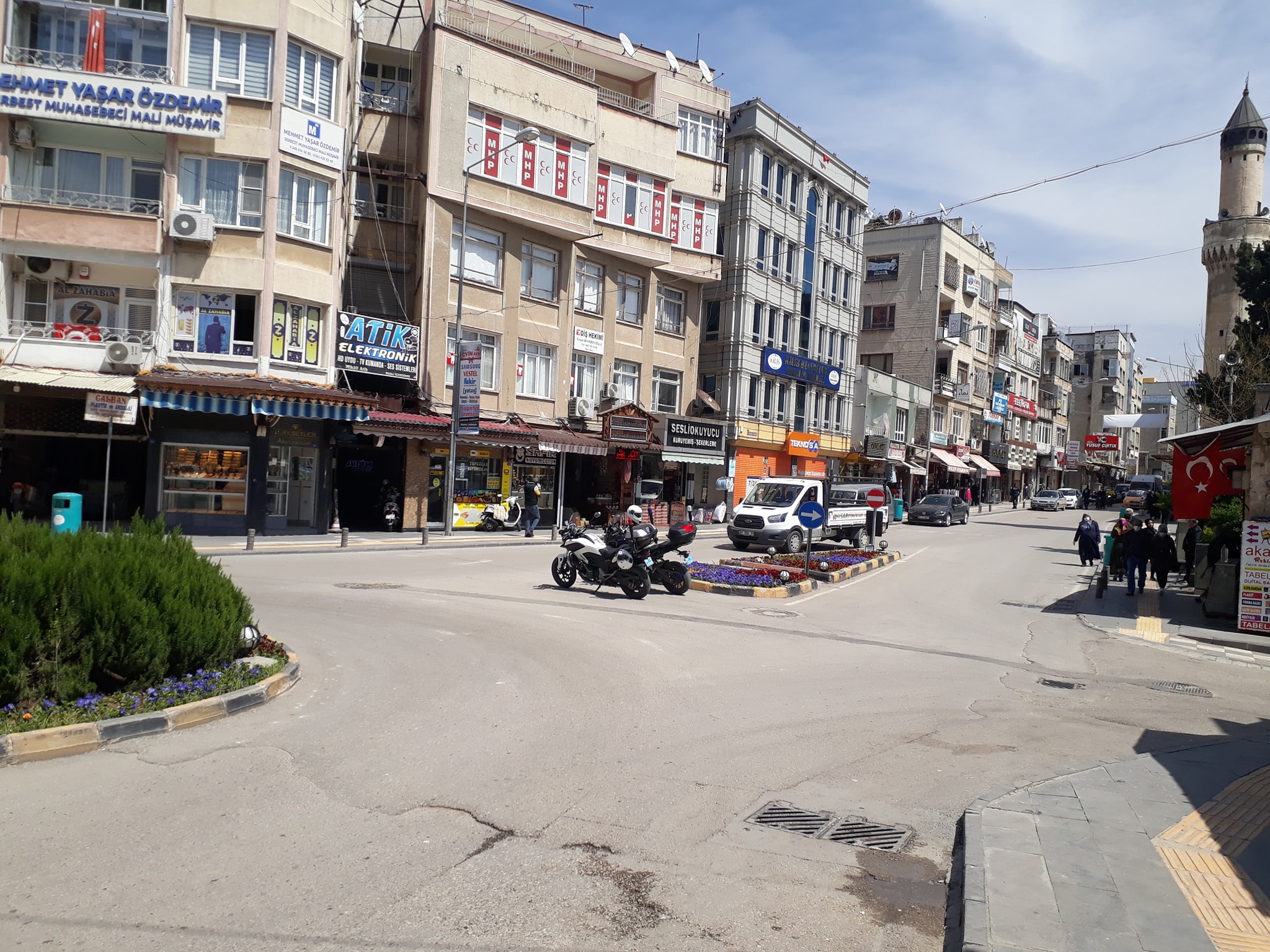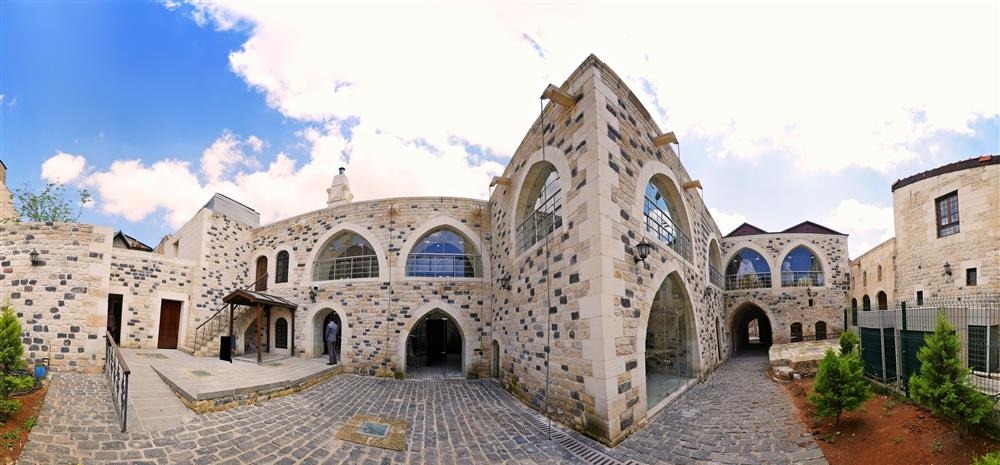Kilis, located in the southeastern part of Turkey near the Syrian border, stands out as a city notable for its historical and cultural richness. This city, which bears traces from both the Ottoman and Seljuk periods, is known for its rich cultural heritage and hospitable people. With its narrow streets reflecting traditional Turkish life, stone houses, and historical mosques, Kilis offers a step back in time while also carrying signs of modern life. This unique blend makes the city an attractive destination for visitors.
The places to visit in Kilis are not limited to historical structures; they also offer many opportunities for those who want to explore the region’s natural beauty and traditional culture. Kilis Castle, dominating the city center, offers both historical and panoramic views, while significant religious structures such as the Grand Mosque reveal the city’s historical texture. Walking through Kilis’s narrow streets, shopping in handicraft markets, and tasting the region’s unique flavors should not be missed. Offering many different experiences for both history enthusiasts and nature lovers, Kilis attracts many local and foreign tourists every year.
1. Kilis Castle – Dominating the city center, this castle is an important structure reflecting the history of Kilis.

Kilis Castle is one of the most important historical structures in the city, located on a hill dominating the center of Kilis. The castle is believed to date back to the Roman Empire and was used as a significant defensive point during the Byzantine, Seljuk, and Ottoman periods. It bears the traces of various civilizations over the centuries, giving the city a historical identity. Its walls, fortified structures, and towers reflect the military architecture of the time and attract attention. Although much of the castle has fallen into ruin over time, some sections have remained intact to the present day.
Today, Kilis Castle offers a unique experience for visitors in terms of both history and scenery. By climbing the castle, it is possible to view the city from a high vantage point, which is especially appealing to photographers. Excavations around the castle have uncovered ancient remains that shed light on the region’s history. This castle, which reveals all the beauty of Kilis, takes visitors on a journey into the past while also highlighting the strategic importance of the region.
2. Kilis Grand Mosque – A mosque dating from the Ottoman period and known as one of the largest mosques in the city.

Kilis Grand Mosque is one of the most important religious structures in the city, standing out with its historical texture and architecture. Built in the 12th century during the Seljuk period, the mosque is a significant example reflecting the architectural features of that era. The Grand Mosque is especially known for its large stone structures, elegant minaret, and the unique craftsmanship in its interior. The calligraphic decorations inside the mosque bear the refined traces of Islamic art and offer visitors both an aesthetic and spiritual experience. Additionally, the fountain located in the mosque’s courtyard draws attention with its architectural details from the Ottoman period.
Kilis Grand Mosque is not only a place of worship but also a symbol of the city’s cultural heritage. Still actively used for prayer today, the mosque offers visitors a spiritual atmosphere and holds great historical importance. Those who visit the mosque do not only gain a religious experience but also have the chance to closely explore the historical fabric within this magnificent structure. As one of the rare buildings reflecting Kilis’s historical richness, the Grand Mosque is a must-see stop for those touring the city.
3. Süleymanlı Village – This village connected to Kilis is famous for its stone structures and is ideal for those who want to observe traditional village life.

Süleymanlı Village is a historically significant village located within the borders of Kilis. In the past, the area was known as Zeytun (Süleymanlı), where a large Armenian population once lived. However, after the deportation events of 1915, the Armenian population left the region, and Turkish families from Thessaloniki were settled in their place. This process led to a change in the village’s demographic structure. Today, Süleymanlı stands out as a settlement that preserves traditional village life and cultural heritage.
Among the most notable structures in the village are the restored Armenian houses and churches. These buildings are important examples that shed light on the region’s past. Additionally, the natural beauty surrounding the village and traditional handicrafts offer visitors a unique experience. Süleymanlı Village is a rich discovery point in terms of both history and culture.
4. Elbeyli Bazaar – Kilis’s historical bazaar where local handicrafts and traditional products are sold.

Elbeyli Bazaar is the traditional market area of the Elbeyli district, located within the borders of Kilis, and is an important place reflecting the cultural fabric of the region. With its stone buildings from the Ottoman period, narrow streets, and lively atmosphere, it gives visitors a sense of traveling back in time. Elbeyli Bazaar is an ideal spot not only for shopping but also for observing local life and feeling the historical texture of the region.
The bazaar offers a wide range of shopping options, from traditional handicraft products to local food items. Especially well-known is Elbeyli’s famous dessert “gerebiç,” which is baked in the bazaar and served with powdered sugar on top. This dessert is a notable example that reflects the region’s culinary culture with both its taste and presentation. Elbeyli Bazaar is one of Kilis’s must-see stops for those interested in both shopping and cultural exploration.
5. Zeytinliköy – This village near Kilis is famous for its natural beauty and olive groves.

Located within the borders of Kilis, approximately 3 kilometers from the city center, Zeytinliköy is a village famous for its traditional stone structures and olive groves. The village is closely associated with olive cultivation and is situated in the fertile Hilal Region, where agricultural products such as wheat, barley, grapes, and olives are grown.
Zeytinliköy is one of the villages in Kilis that maintains the region’s olive-growing tradition and holds an important place in this field. The olive trees in the village shed light on the region’s agricultural history. The traditional stone houses and olive groves in the village offer visitors the opportunity to explore the cultural heritage of Kilis from past to present.
Kilis Museum is an archaeology and ethnography museum located in the city center of Kilis, housed in the historic Neşet Efendi Mansion, and opened to visitors on June 20, 2012. The mansion was built in 1927, purchased by the Ministry of Culture in 1979, and used as a public library between 1986 and 2008. In 2009, it was nationalized and restored, and on October 1, 2021, it began serving as a museum.
The museum has a two-story structure with a courtyard and a total exhibition area of 1,300 square meters. Archaeological artifacts are displayed on the ground floor, while ethnographic items are exhibited on the upper floor. The archaeology section features artifacts from the Paleolithic, Neolithic, Chalcolithic, Bronze Age, Iron Age, Roman, Byzantine, and Islamic periods, mainly unearthed from excavations at Oylum Höyük. The ethnography section showcases traditional lifestyles, clothing, kitchenware, and everyday objects specific to Kilis.
The museum is open to visitors six days a week from 08:00 to 17:00, except on Mondays. The entrance fee is 20 TL, and it is free of charge for Turkish citizens over the age of 65, children aged 0–18, and students enrolled in art history, archaeology, or museology departments at universities.
Kilis Museum is an important institution that reflects the historical and cultural richness of the region, offering visitors a journey from the past to the present.
7. Kilis Olive Oil Museum – A museum where you can learn about Kilis’s famous olive oils.

Kilis Museum is located in the historical Sabunhane building, which was built in the 1880s and operated as an olive oil and soap production facility until 1960. This building once served as the largest olive oil and soap factory of its time. It was nationalized and restored by the Ministry of Culture and Tourism in 2009 and opened to visitors as a museum on October 1, 2021.
The museum exhibits archaeological and ethnographic artifacts in an area of 1,400 square meters. The archaeology section includes artifacts from the Chalcolithic, Bronze, Iron Age, Roman, Byzantine, and Ottoman periods, while the ethnography section features objects reflecting daily life and a diorama of the Battle of Marj Dabiq, which took place in the 1500s. The museum is open to visitors six days a week from 08:00 to 17:00, except on Mondays.
